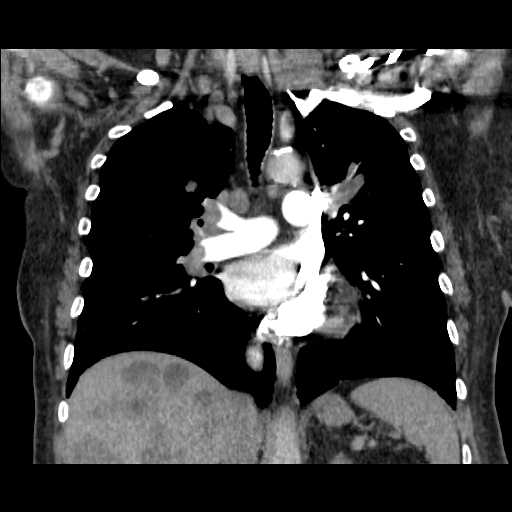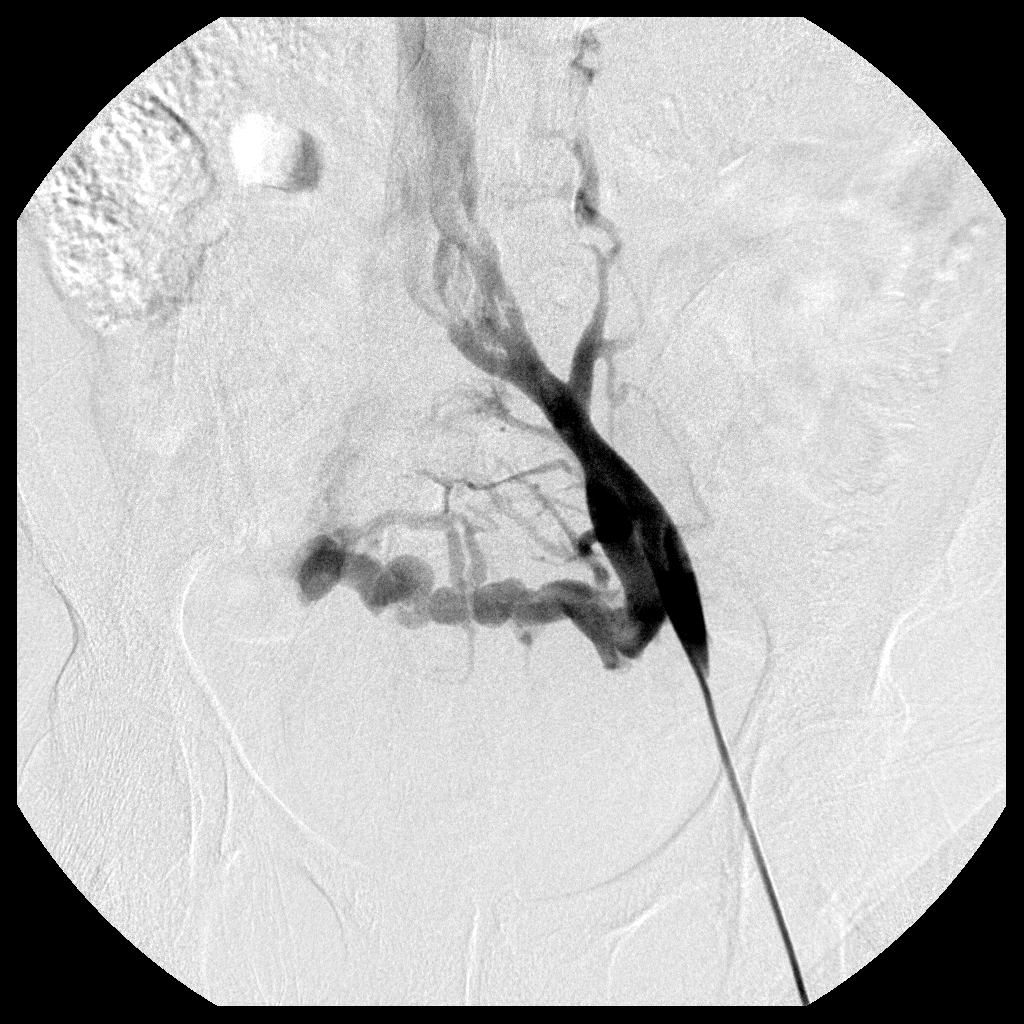VARICOSE VEINS
Varicose veins develop when valves located inside veins do not function normally. Under these circumstances, the valves do not close completely, allowing blood to leak backwards down the leg towards the feet. This pooling of blood leads to increased pressure within the veins. Over time, this pressure can cause the veins to stretch and dilate. The veins that protrude on the surface of the leg are called varicose veins. Smaller veins, or capillaries, that appear like red or purple webs are called spider veins. Albany IR offers several procedures to treat varicose veins, leading to improved patient comfort.
DVT (DEEP VEIN THROMBOSIS)
A DVT is a blood clot that occurs in the veins that drain blood from the legs. The legs have two systems of vein: the deep veins and the superficial veins. Clot in the deep veins can lead to leg swelling and carries the risk of the clot moving into the lungs (which is called a PE or pulmonary embolism). A DVT is typically treated with anticoagulation or blood thinners. However, it has been shown that patients with a DVT can have long-term problems with their legs. The risk of these problems (such as swelling) can be minimized if more aggressive treatment is pursued at the time of diagnosis. IR offers procedures to remove clot from the affected veins that reduce the long-term issues associated with DVT.
IVC Filters
IVC filters are small devices made of wires that are placed directly into the Inferior Vena Cava in order to prevent clot in the legs (DVT) from reaching the blood vessels of the lungs (PE). They are usually offered to patients who cannot be treated with blood thinners (due to an increased risk of bleeding) or with catheter-directed thrombolysis. IR places filters in patients who are felt to be at significantly increased risk for DVT formation who would be unable to tolerate a pulmonary embolism. Filters can be a permanent device, but often they are removed when they are no longer needed.
venous access
There are many different diseases that require intravenous medications for treatment. For these patients, IR plays a significant role in their care by placing one of a number of different venous access devices. These include PICC lines, ports, dialysis catheters, and other tunneled central lines. The image-guided techniques used in IR insure that these devices are placed appropriately and are immediately available for use once the procedure is completed.
PE (PULMONARY EMBOLISM)
Pulmonary emboli, or blood clots in the lungs, are a very common and often debilitating problem. The traditional method of treating patients with pulmonary emboli has been with blood thinners. In addition, physicians can treat PE with an aggressive clot-busting medication called tPA. In recent years, IR has been able to use catheters placed in the pulmonary arteries to dissolve, break up, and remove blood clots from patients with a PE.
chronic venous disease
Patients with a history of blood clots in their legs (DVT) or a long history of varicose veins can develop chronic venous disease. This can lead to long term problems such as swelling and pain. Complicated cases can progress to poor wound healing and ulceration. Chronic venous disease can often be treated with one or more procedures offered by Albany IR, including angioplasty and stent placement.




